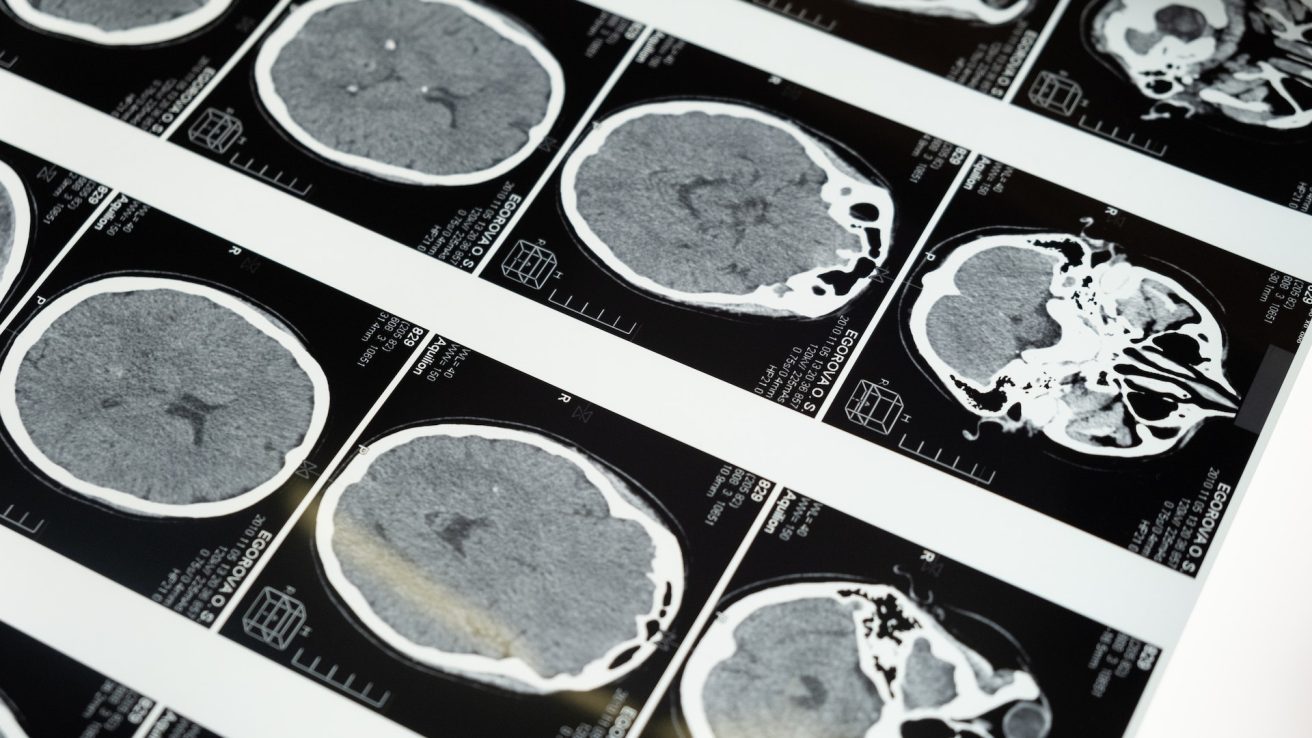Machine learning-based brain age calculations were found to be significantly predictive biomarkers in patients with NMOSD and RRMS.
Neuroimaging-based “brain age” is a commonly used biomarker for quantifying the progress of both brain disease and aging [1]. Biological brain age is usually estimated by using various approaches for interpreting magnetic resonance imaging (MRI) data. There is a great deal of variety in the methods used, including various machine-learning approaches. This study, published in the Journal of Neurology, Neurosurgery, and Psychiatry, evaluates the significance of deep learning-derived brain age prediction in patients with neuromyelitis optica spectrum disorder (NMOSD), specifically relative to relapsing–remitting multiple sclerosis (RRMS) [2].
For the study, data was gathered from six tertiary neurological centers between 2009 and 2018. A total of 199 patients with NMOSD and 200 patients with RRMS were evaluated and compared to 269 healthy controls. Clinical follow-up was available in 85 patients with NMOSD and 124 patients with RRMS. Deep learning techniques were used to evaluate brain age, based on MRI scans of the healthy controls, and to thereby estimate the brain age gap exhibited by patients. The brain age gaps found in both NMOSD and RRMS patients were significant, with a gap of 5.4 years in NMOSD patients, and 13.0 years in RRMS patients.
Higher baseline disability score and advanced brain volume loss were associated with increased brain age gap in both patient groups. A longer disease duration was also associated with a higher brain age gap in patients with RRMS. A higher brain age gap significantly predicted a worsening Expanded Disability Status Scores in both disease cohorts. The authors conclude by noting that the brain age gap in both groups is clinically significant as a biomarker of disease progression and that it is a useful clinical tool on that basis.
- Franke, K., & Gaser, C. (2019). Ten Years of BrainAGE as a Neuroimaging Biomarker of Brain Aging: What Insights Have We Gained? Front Neurol, 10, 789. https://doi.org/10.3389/fneur.2019.00789
- Wei, R., Xu, X., Duan, Y., Zhang, N., Sun, J., Li, H., Li, Y., Li, Y., Zeng, C., Han, X., Zhou, F., Huang, M., Li, R., Zhuo, Z., Barkhof, F., J, H. C., & Liu, Y. (2023). Brain age gap in neuromyelitis optica spectrum disorders and multiple sclerosis. Journal of Neurology, Neurosurgery and Psychiatry, 94(1), 31-37. https://doi.org/10.1136/jnnp-2022-329680










